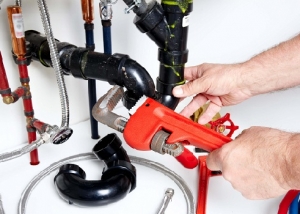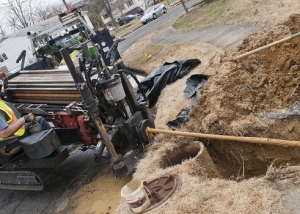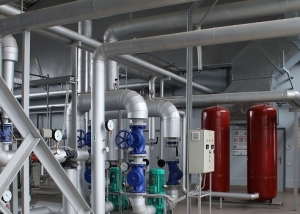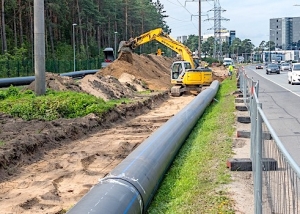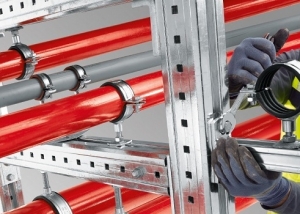The pipeline capacity, i.e., the volume of transported substance passing through its cross section per unit of time, is an extremely important parameter for calculations and designing when laying and upgrading the system. Proper execution of the calculation of this parameter allows you to optimize the costs associated with the procurement of materials and work, and to achieve the proper functioning of the system.
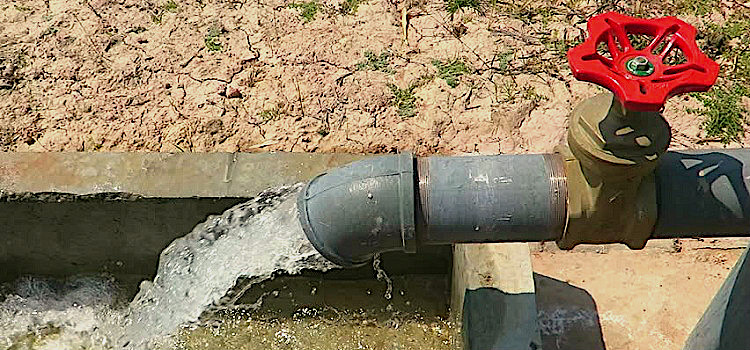
The volume of water that the pipe will pass for a given period of time is an important parameter that is taken into account when designing water supply networks
Content
Calculation methods and factors affecting pipeline throughput
The throughput of a pipe is calculated in one of the ways that belong to three groups:
- Physical. Corresponding physical formulas are selected depending on the purpose of the pipeline and the composition of the working medium pumped through it. The formulas assume the use of averaged parameters, for example, the roughness coefficient.
- Tabular. As a rule, they use tables of approximate values that do not take into account such factors as overgrowing, siltation of the trunk during operation. More accurate is the table of F. A. Shevelev, built taking into account many factors affecting the throughput of the system (external and internal diameter of pipes, wall thickness, life, overall length, purpose).
- Using computer programs and online calculators. The latter are less accurate, but free. Special computer programs used by companies involved in complex plumbing developments calculate parameters related to the operation of pipelines for various purposes.
The calculations are related to the need to obtain a number of data on the pipeline, including information about:
- length of the highway. Based on this indicator, choose the diameter, the value of which increases with increasing length of the pipeline;
- local resistance created by shutoff valves, compensators, bends, turns, tees, etc .;
- the presence of connecting seams, internal burrs;
- material used for the manufacture of pipes.
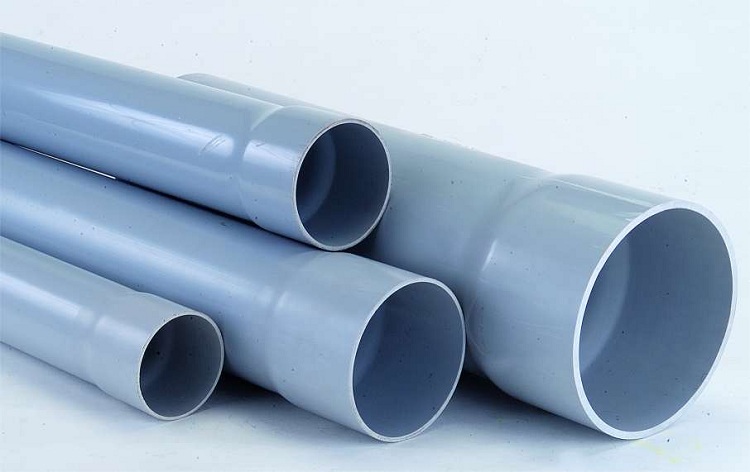
The diameter of the pipes, their type and method of installation are important for the calculations.
On a note! Plastic products are characterized by a low roughness coefficient and the absence of a tendency to overgrow, which allows us to hope for a constant nature of the value obtained as a result of the calculation, which will not decrease over time.
- the number of fence points, consumers, as well as how many of them can connect at the same time;
- average pressure in the system;
- bias;
- installation method;
- the diameter and shape of the pipes. Speaking about the diameter, it’s worth clarifying, we mean the value related to the internal or external, nominal or internal transition.
The pipe throughput, depending on the diameter, is calculated with particular care. Errors in the selection of diameter are fraught with:
- increased pressure in the system;
- excessive noise accompanying her work;
- the difficulties that arise when multiple consumers are connected at the same time;
- frequent emergency situations and premature wear.
Advantages and disadvantages of using metal and plastic pipes to increase system throughput
Speaking of metal products, they primarily mean steel. Their main disadvantage is the tendency to overgrowth, which manifests itself already a year after installation. As the diameter decreases, the internal resistance to movement of the working medium increases. Therefore, in intra-house networks, steel is gradually replaced by plastic. Nevertheless, steel pipes are in demand in systems with constant high pressure and high temperatures:
- steam heating;
- at industrial facilities;
- at facilities with increased explosion hazard.
A plastic pipe should not be used when:
- pressure over 10 atmospheres;
- high temperature.
The main advantages of plastic products are:
- long service life, reaching up to fifty years;
- low roughness coefficient, ensuring the preservation of throughput due to the fact that there is no overgrowing of the inner surface;
- inertness, which allows not to be afraid of losses caused by corrosion and aggressive environments;
- light weight, simplifying transportation, installation and repair;
- a variety of fittings that facilitate installation and repair;
- low cost in comparison with metal counterparts.
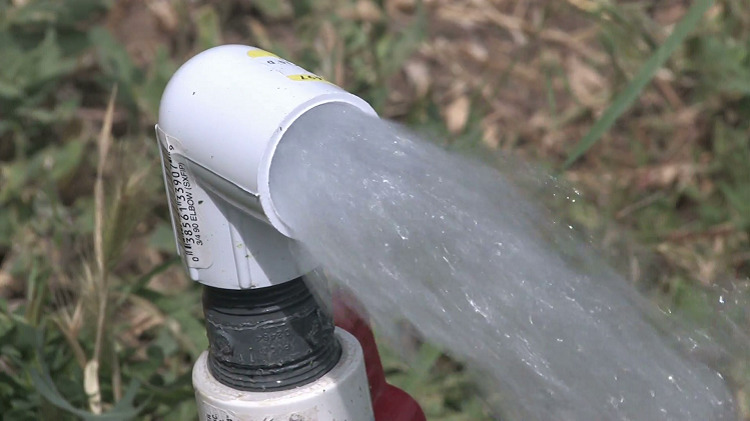
Deposits do not accumulate on the surface of polymer pipes, so their throughput does not decrease over time
How to calculate the permeability for a gas, water, sewer pipe
When dealing with gas transportation, use the formula:
Qmax = 0.67 Du2 * p, in which:
Qmax is the volume of gas passing per unit time; Du is the diameter of the conditional passage; p is the working pressure. At the household level, performing calculations using the above formula may be quite sufficient. Conducting industrial construction, take a different formula:
Qmax = 196.386 Dn2 * p / z * T,
in which the parameters for the transported gas are used: z - compression ratio; T - Kelvin temperature.
Important! Carrying out calculations for moving gas using tables or formulas has a drawback associated with the inability to take into account how external factors will affect.
For a private house and intra-apartment wiring, the most important is the calculation associated with the operation of the water supply network. Hydraulic calculation is possible according to a rather complex formula, which includes parameters related to:
- average water flow rate;
- inner diameter;
- hydraulic slope;
- kinematic viscosity of water;
- roughness of the inner wall.
More practical is the use of tables and computer programs.
As the most important factor in determining the patency of the water supply, its internal diameter is considered. Other factors, the influence of which is not always possible to neglect, are:
- coolant;
- heat output;
- roughness coefficient;
- differential pressure measured at the inlet and outlet of the system;
- line length;
- adapters present in the plumbing system.
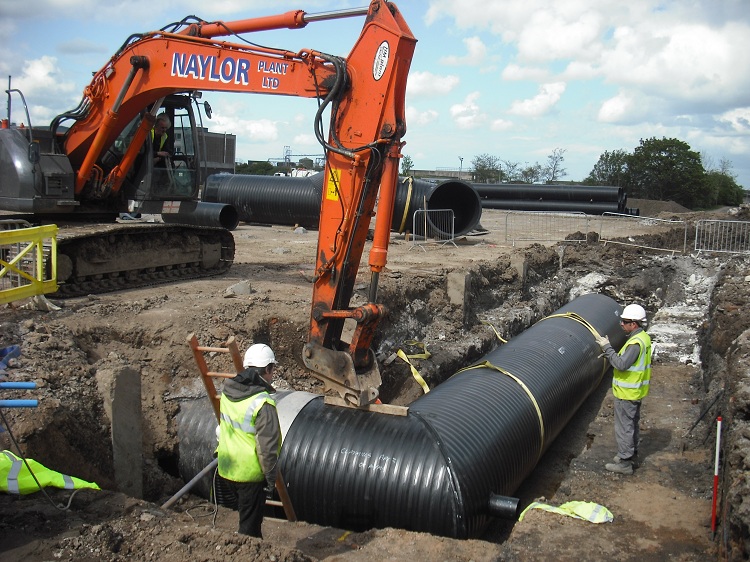
When calculating for a sewer system, it is important to understand what type it will be - pressure or gravity
Performing hydraulic calculations for the arrangement or repair of the sewer system requires the obligatory consideration of its type, it refers to pressure or pressureless. The most important indicators are:
- degree of filling of the sewer pipe;
- bias.
When carrying out hydraulic calculations, attention is paid to precisely these parameters, since the others are quite simply determined on their basis. The slope for pipes of the sewer system is usually set at a level at which the drains will move at a speed sufficient for self-cleaning of the sewer system. Norms SNiP established the minimum slope for pipes of a certain diameter.
The speed of sewage, which ensures self-cleaning of the system, is 0.7 m / s for pipes with a nominal diameter of 150-250 mm with a degree of filling equal to 0.6. To determine the speed of sewage, the formula
V = C√R * I, in which:
v is the desired speed; C is the wetting coefficient; R - radius value related to the filled space of the pipe. To obtain more accurate values, they resort to a simple calculation of R = A / P, in terms of the cross-sectional area of the water flow - A and the length of the pipe directly in contact with the moving working medium; I is the slope.
From the formula for determining sewage, others are derived, allowing to calculate:
slope: - I = v2 / C2 * R;
wetting coefficient: C = (1 / n) * R1 / 6. Here n is the roughness coefficient.
Conducting calculations of pressureless sewerage according to the tables is facilitated if the diameter of the pipes is known.
On a note! When installing pressure-free sewage, it is worth looking at Lukin's tables indicating the amount of throughput for systems with a diameter of 50-2000 mm.
The calculations according to the tables for pressure sewer require two indicators:
- Degree of filling.
- The average speed of the transported medium.
Determination of pipe throughput can be carried out by various methods. When carrying out calculations requiring a high level of accuracy, the impact of a number of factors is taken into account. Such calculations are carried out by specialists whose cost of services is quite high. At the household level, performing installation or repair of utility networks in a private house or apartment, it is possible to use tables, special computer programs or recommendations laid down by SNiPs. At the same time, do not forget about the importance of such a condition as competent installation.

